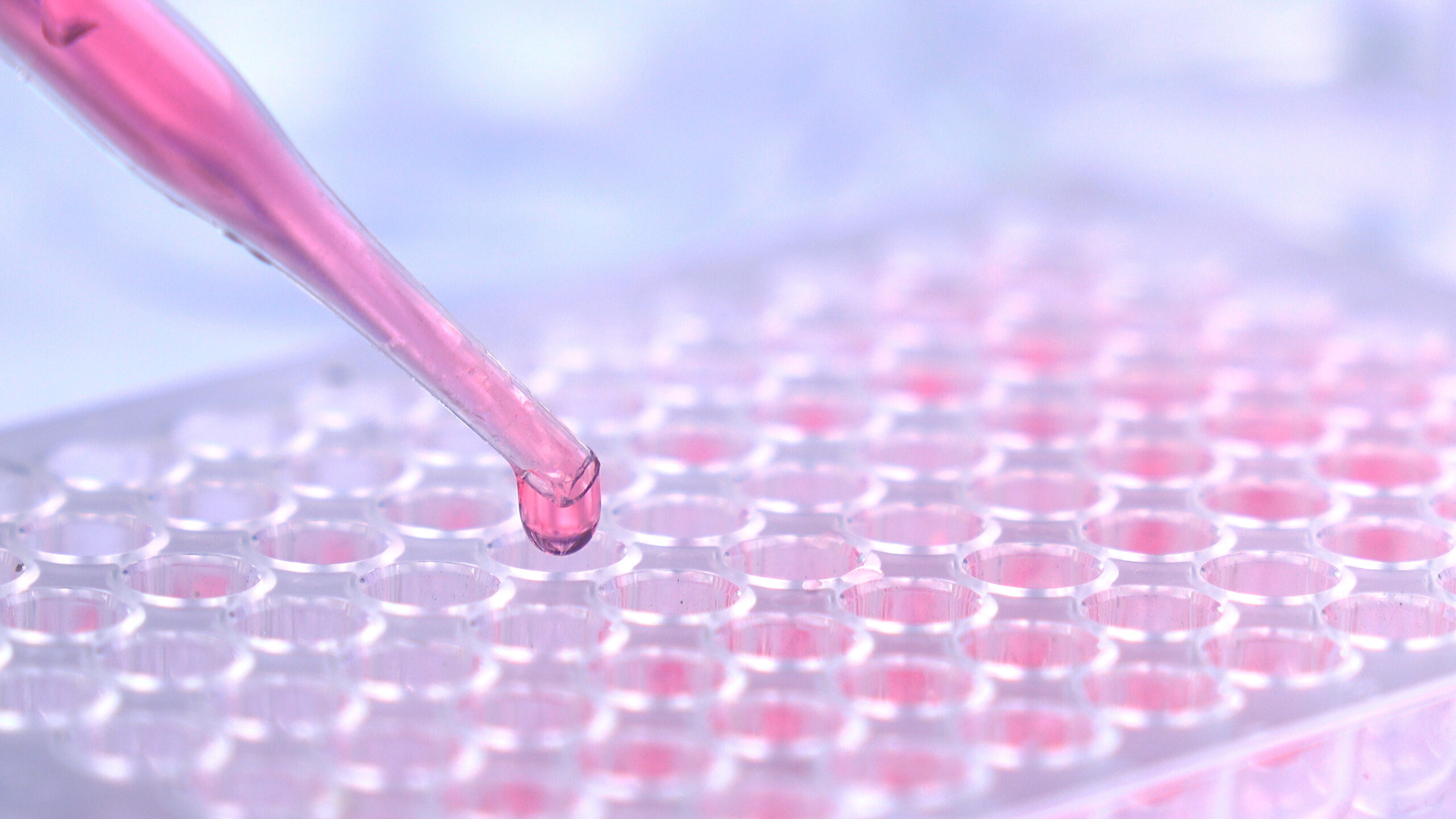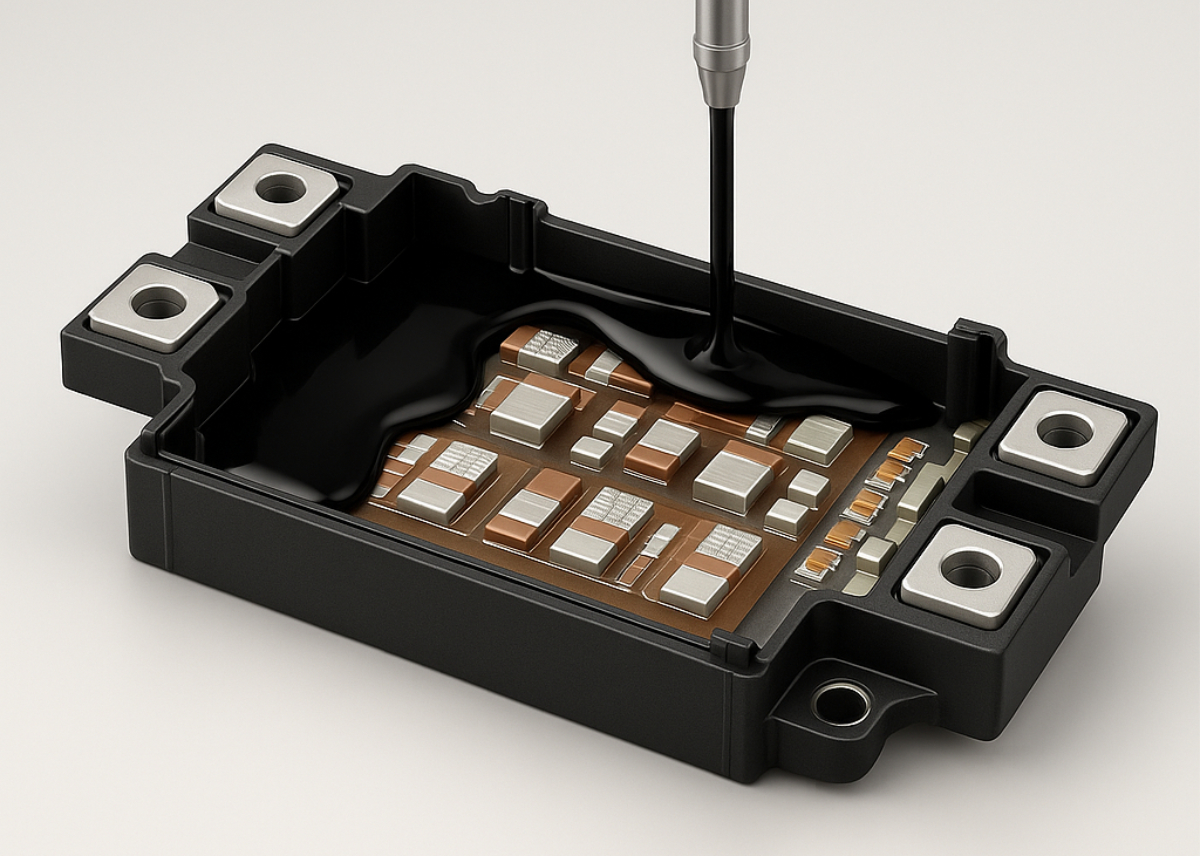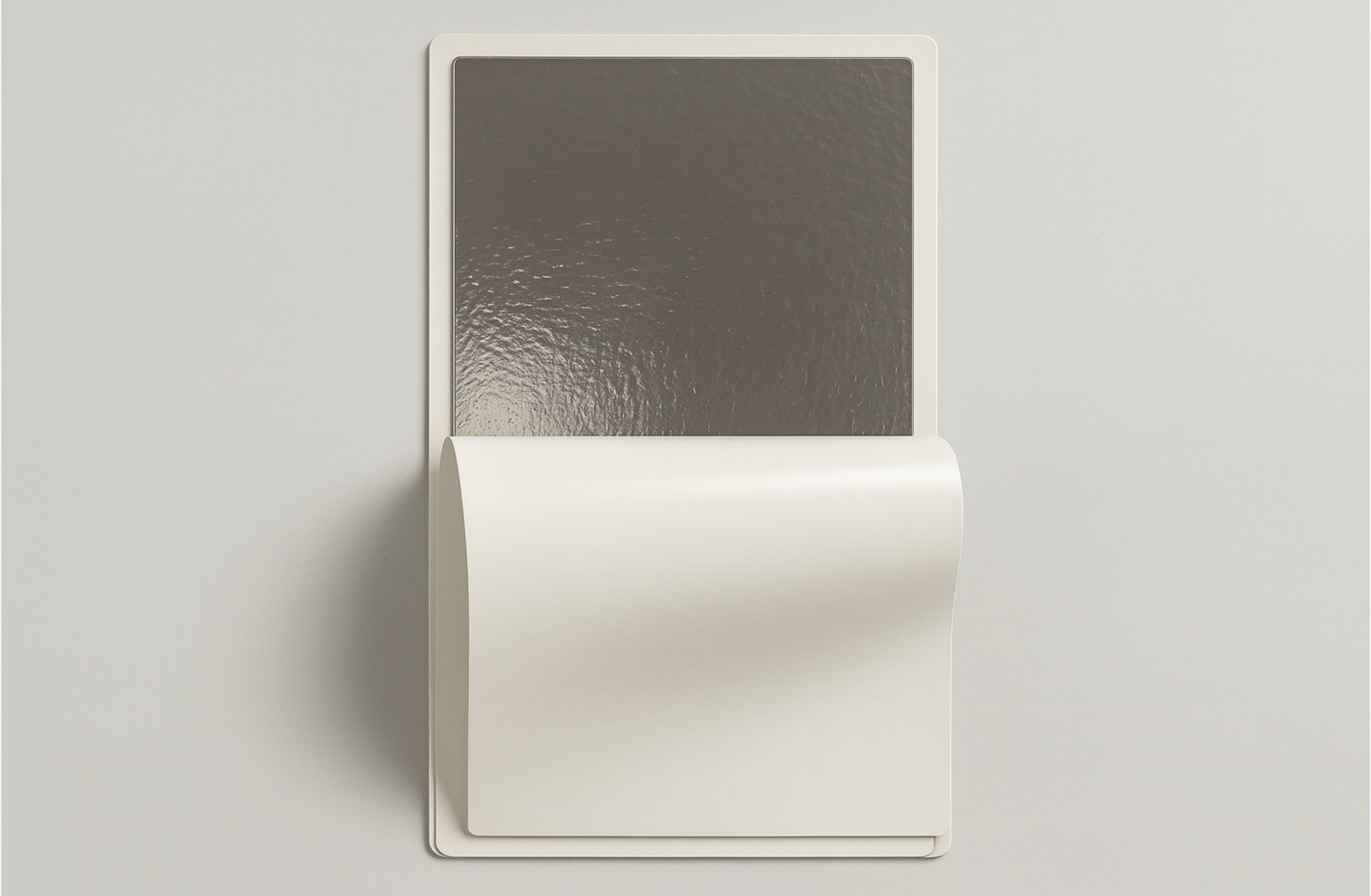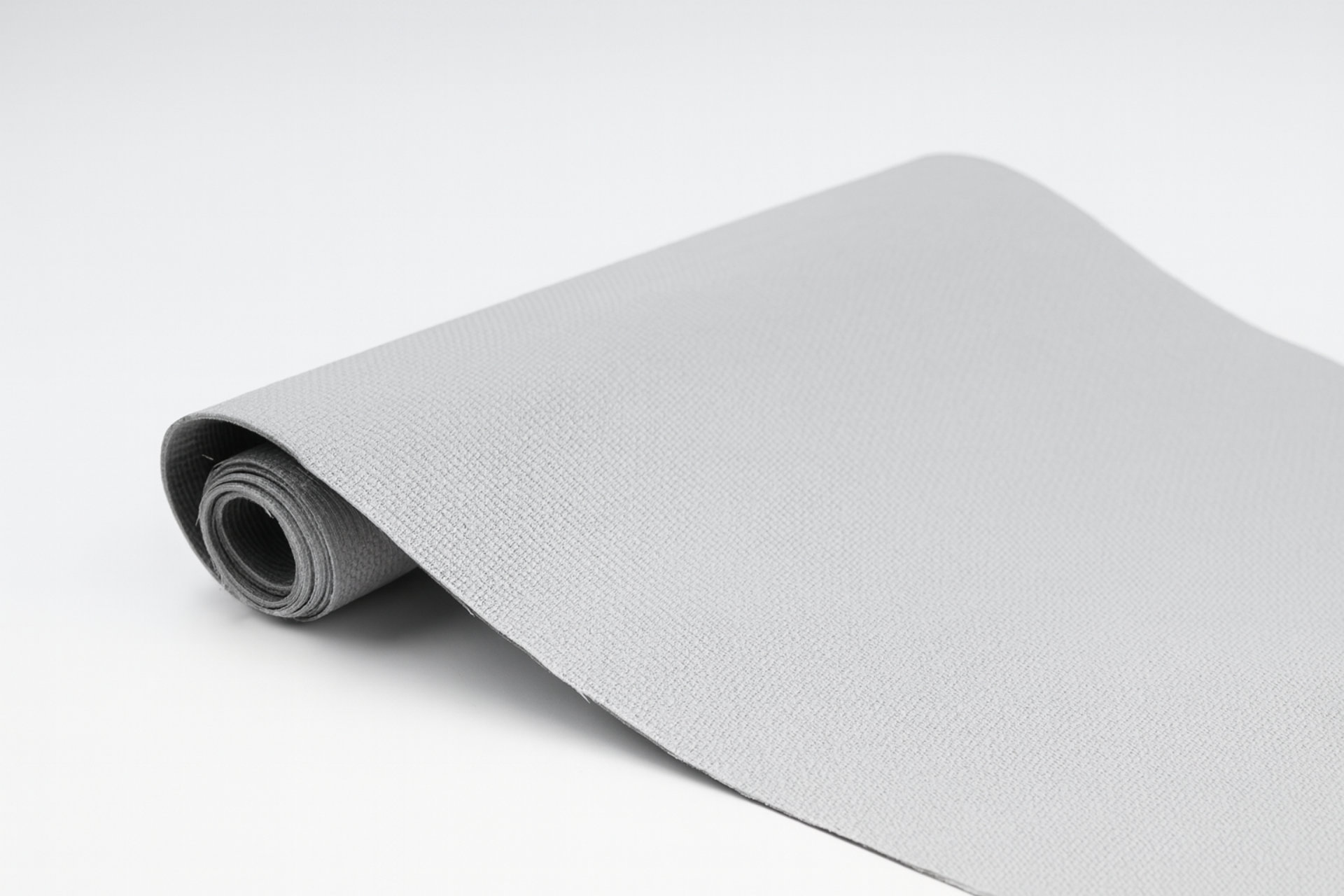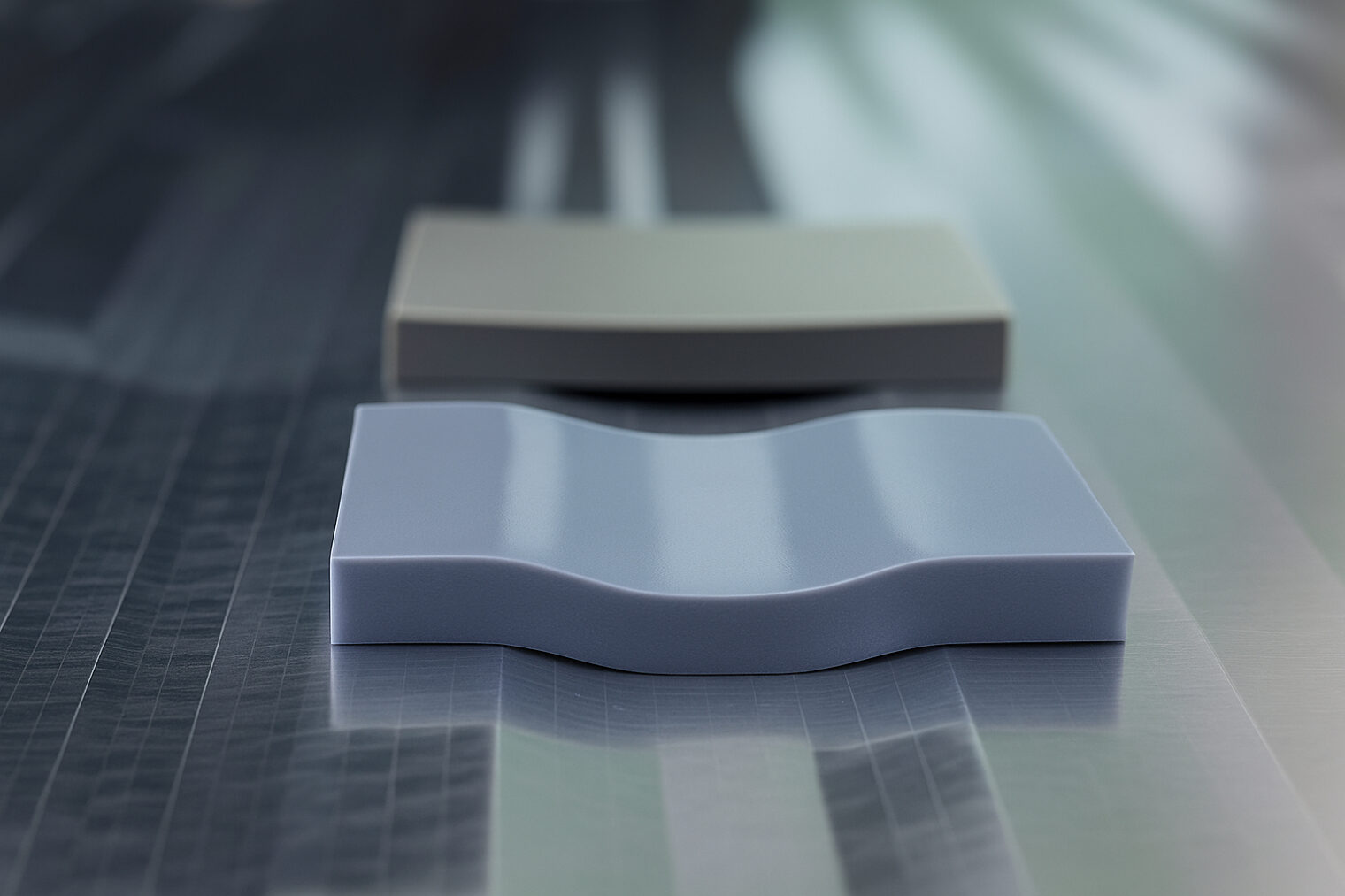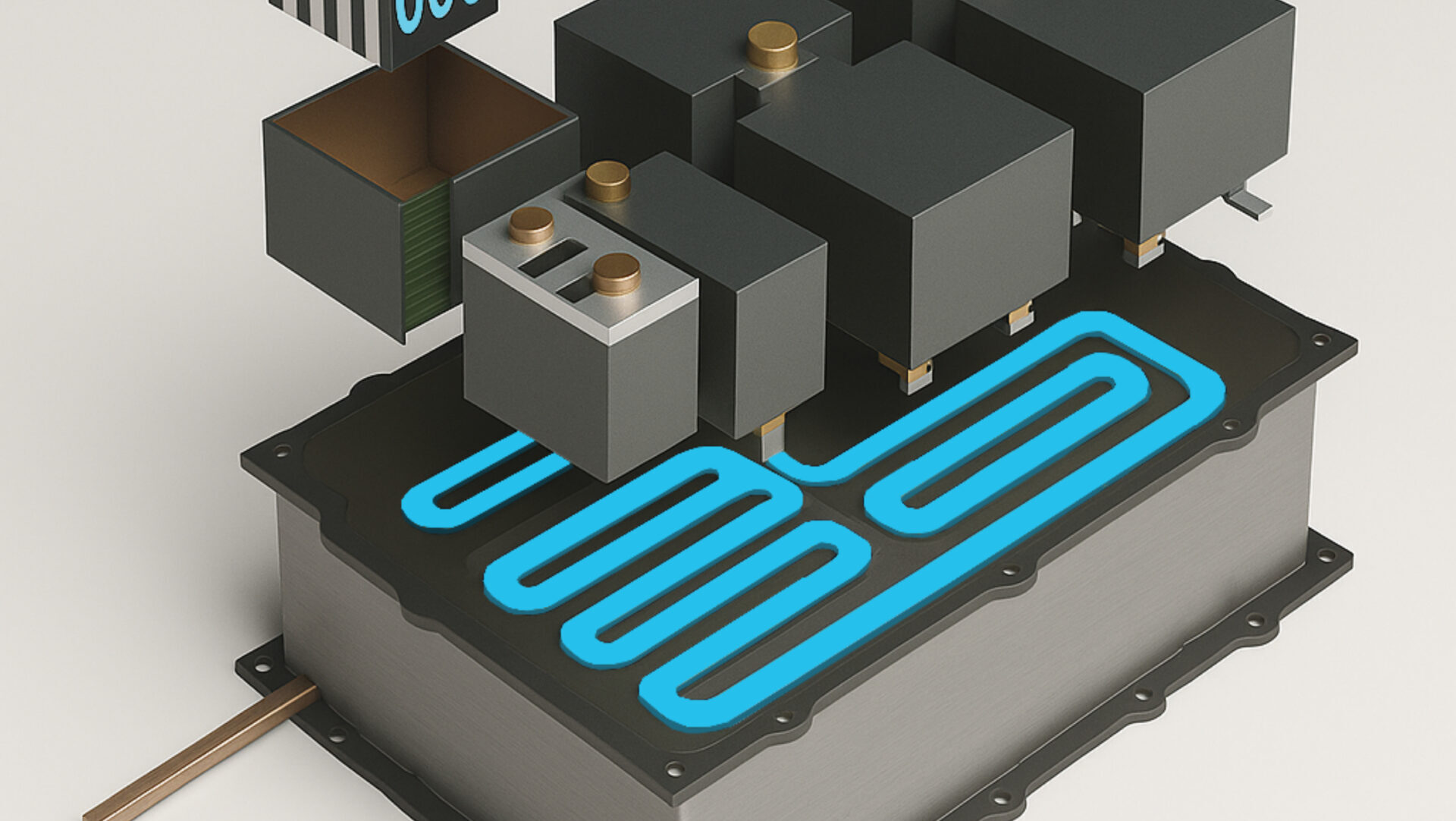SUPHIP® Nano Composite Insulation Material
Advanced thermal barrier for EV and energy storage battery safety.
Combines ultra-fine nano insulation powder with inorganic fibers to block heat transfer and prevent thermal runaway.
Innovative Inorganic Fiber Nanocomposite for High-Temperature Thermal Protection
SUPHIP® is an inorganic fiber nanocomposite insulation material developed as an innovative thermal barrier for power and energy storage battery systems. It consists of ultra-fine porous nano insulation powder and special inorganic fibers, designed to isolate heat in three dimensions — conduction, convection, and radiation.
Featuring low thermal conductivity even at high temperatures, SUPHIP® effectively prevents heat diffusion during battery thermal runaway events, significantly improving safety and efficiency. The material offers high-cost savings compared to aerogel, with comparable performance, improved consistency, and no fiber residue impurities.
With excellent flame resistance (over 10 minutes at 1000 °C), high compressive strength (>2 MPa), and compliance with RoHS, REACH, and ELV directives, SUPHIP® is ideal for long-term, high-temperature insulation and protection in EV, energy storage, and aerospace applications.
NAGASE supplies the SUPHIP® insulation series with full technical support, customization options, and reliable logistics services.
Applications
SUPHIP® provides advanced insulation and thermal protection for high-energy applications.
- Thermal spread prevention between EV power battery cells
- Insulation between energy storage battery cells and modules
- Thermal barrier protection for aerospace power systems
- Encapsulation layer combined with aerogel or mica materials
- Thermal runaway protection for high-temperature battery packs
Features
SUPHIP® delivers superior insulation, fire resistance, and mechanical stability in extreme thermal environments.
- Low thermal conductivity – Maintains insulation efficiency at high temperatures
- Flame penetration resistance – Over 10 min protection at 1000 °C
- High compressive strength – Withstands pressures above 2 MPa without loss of insulation
- Clean and stable surface – No fiber residue or slag impurities
- Regulatory compliant – Meets RoHS, REACH, and ELV standards; asbestos-free
| Characteristic | Unit | Typical Value | Remarks (Testing Standards and Methods) |
|---|---|---|---|
| Physical Characteristics | |||
| Thickness | mm | 0.5–3.5 | Thickness tolerance ± 0.2 mm |
| Density | Kg/m³ | 200–300 | GB/T 17911-2018 |
| Compression performance | MPa | 18–25 % @ 0.1 MPa 30–40 % @ 0.5 MPa 45–55 % @ 1.0 MPa |
Test with an inlet force of 0.01 MPa and a compression rate of 2 mm/min |
| Electrical and thermal performance | |||
| Insulation performance | GΩ | 10 | ASTM D257 (1000 V DC, 60 s) |
| Fire resistance performance | min | 10 | 1000 °C Butane flame |
| Thermal conductivity coefficient | W/(m·K) | ≤ 0.04 | GB/T 10295-2008 (25 °C) |
| 0.055 | GB/T 10294-2008 (100 °C) | ||
| 0.1 | GB/T 10294-2008 (500 °C) | ||
| RoHS | |||
| RoHS | – | pass | Requirements of Appendix II to RoHS 2011/65/EU and Revised Directive (EU) 2015/863 |
Core Material at 1000 °C Fire Test

Core material cold side temperature at 1000 °C Fire Test 
-
High thermal efficiency
Provides excellent thermal insulation and fire resistance even under extreme high-temperature conditions, maintaining stable performance throughout the product’s lifecycle. -
Superior flame resistance
Achieves a flame penetration time exceeding 10 minutes at 1000 °C, ensuring reliable protection against battery thermal runaway and heat propagation. -
Enhanced structural stability
Maintains integrity under pressure — capable of withstanding > 2 MPa without collapse, while retaining its insulation performance. -
Clean and consistent surface quality
Contains no fiber residue or slag balls, ensuring uniform texture, high production consistency, and reduced contamination risks for sensitive components. -
Cost-effective alternative to aerogel
Offers comparable insulation performance to aerogel materials but at significantly lower cost, providing a high cost-performance ratio for large-scale production. -
Multi-material compatibility
Can be combined with mica, MK-series, or aerogel encapsulation materials to meet various back-temperature and safety requirements. -
Environmentally compliant and asbestos-free
Fully meets RoHS, REACH, and ELV environmental directives — free from asbestos and other prohibited substances.
Frequently Asked Questions about SUPHIP®
What is SUPHIP® insulation material?
SUPHIP® is an inorganic fiber nanocomposite insulation material composed of nano insulation powder and special inorganic fibers, designed to block heat conduction, convection, and radiation in three dimensions.
How does SUPHIP® differ from aerogel?
While offering comparable thermal barrier performance, SUPHIP® is more cost-effective, with no fiber slag or residue, higher consistency, and greater structural stability under high temperatures and pressure.
What are the high-temperature performance characteristics of SUPHIP®?
SUPHIP® maintains low thermal conductivity and excellent flame resistance, with flame penetration times exceeding 10 minutes at 1000 °C, ensuring reliable insulation under extreme conditions.
Can SUPHIP® be combined with other materials?
Yes, SUPHIP® can be used together with encapsulated aerogels, mica, and MK-series insulation materials to meet diverse back-temperature and thermal runaway requirements.
Does SUPHIP® comply with environmental standards?
Yes. SUPHIP® is fully compliant with RoHS, REACH, and ELV directives and does not contain any prohibited substances such as asbestos.

